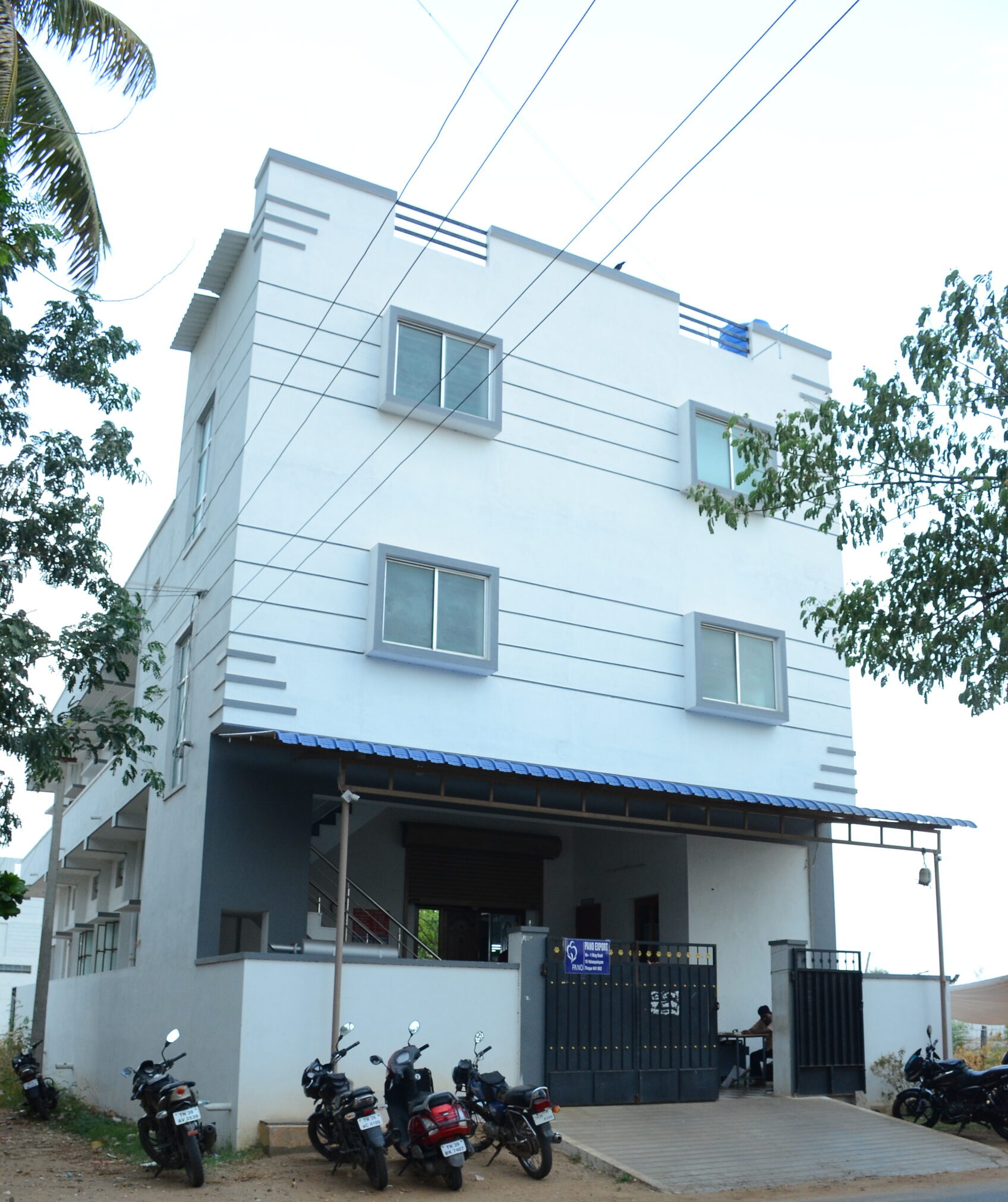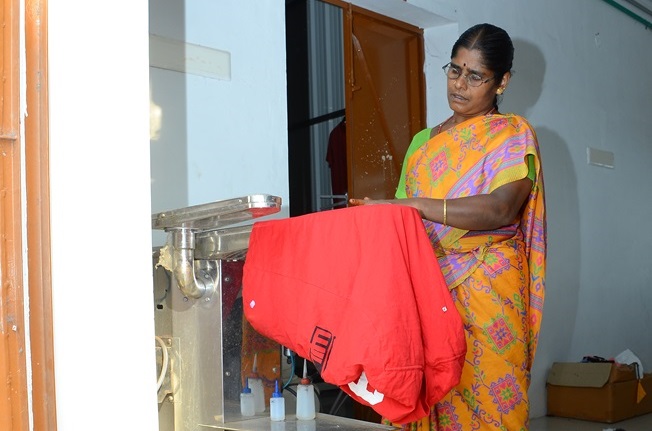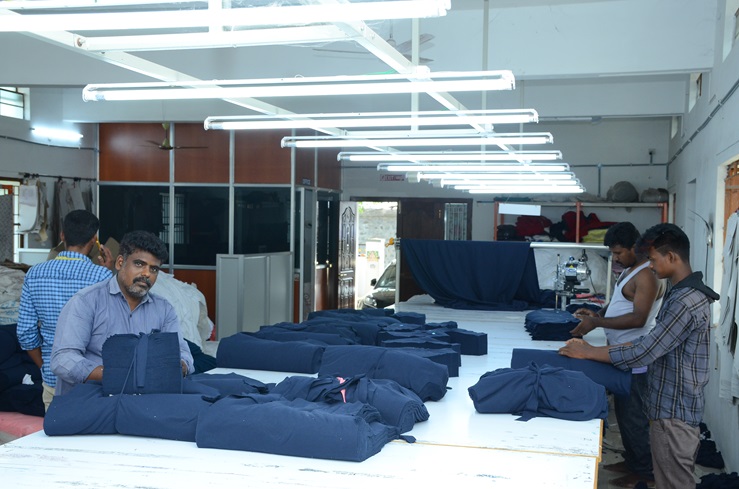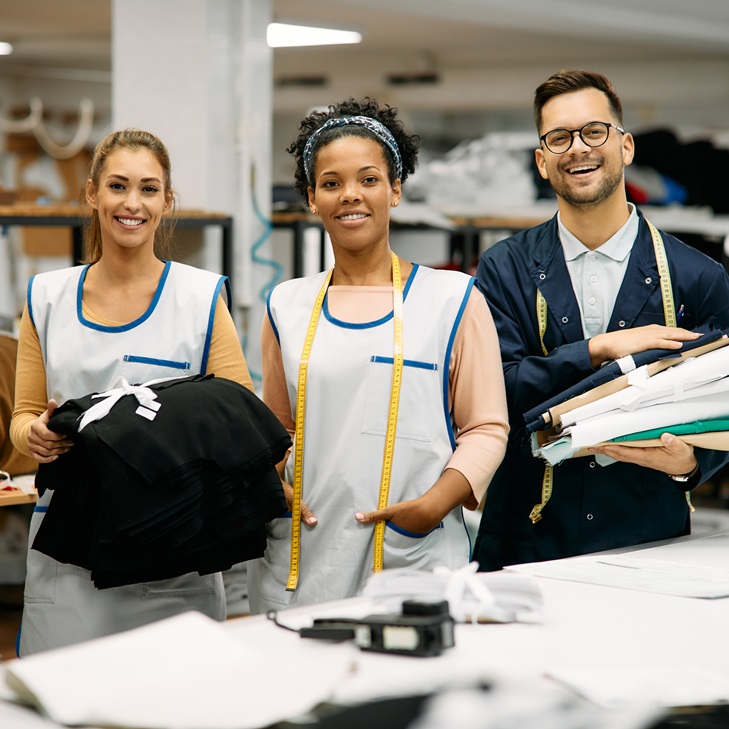Manufacturing
Panolifestyle specializes in premium dress manufacturing for brands. With expert craftsmanship and cutting-edge facilities, we bring your designs to life with meticulous attention to detail. Trust us to elevate your brand with quality and style.

Manufacturing Process
The garment manufacturing process refers to the sequential steps involved in transforming raw materials into finished clothing items. It encompasses various stages, starting from the design and development phase to the production and delivery of the final product. Key features of the garment manufacturing process include:
Design and Pattern Making
This initial stage is crucial for translating creative concepts into tangible garments. Designers create sketches, digital renderings, or physical prototypes to visualize the final product. Pattern makers then transform these designs into technical patterns that serve as templates for cutting the fabric.


Fabric Sourcing and Cutting
Fabric sourcing involves selecting the appropriate materials based on factors like garment design, functionality, and cost. It is essential to choose fabrics that meet quality standards, possess the desired color and texture, and align with the target market’s preferences. After sourcing, the fabric is cut into individual pieces based on the approved patterns. This process requires precision to ensure accurate fit and minimize material wastage.
Sewing and Assembling
Once the fabric pieces are cut, they are sewn and assembled into the final garment. Skilled sewing operators use various stitching techniques and specialized machines to join the different fabric components. This stage involves attention to detail, ensuring accurate seam allowances, consistent stitching quality, and proper alignment of pattern pieces.


Embellishment and Embroidery
This stage involves adding decorative elements and embroidery to enhance the visual appeal of the garment. Embellishments can include sequins, beads, lace, appliques, or any other ornamentation that adds texture, patterns, or details to the fabric. Embroidery may be done by hand or using computerized machines, and it can include intricate designs, logos, or branding elements.
Washing and Finishing
After the garments are sewn and trimmed, they undergo washing and finishing processes. Washing helps remove any dirt, stains, or sizing agents used during the manufacturing process. Depending on the desired effect, garments may undergo additional treatments such as enzyme wash, stone wash, or garment dyeing. Finishing processes, such as softening, crease resistance, or water repellency, can also be applied to improve the garment’s comfort and durability.


Elevate your brand with premium dress manufacturing?
Contact Panolifestyle today to bring your designs to life with expert craftsmanship and meticulous attention to detail. Let us help you stand out in the fashion industry with our commitment to quality and style.
Get in touch now to discuss your manufacturing needs and take your brand to the next level.
